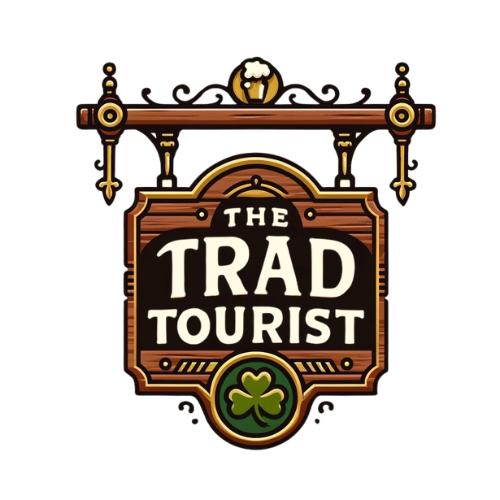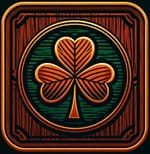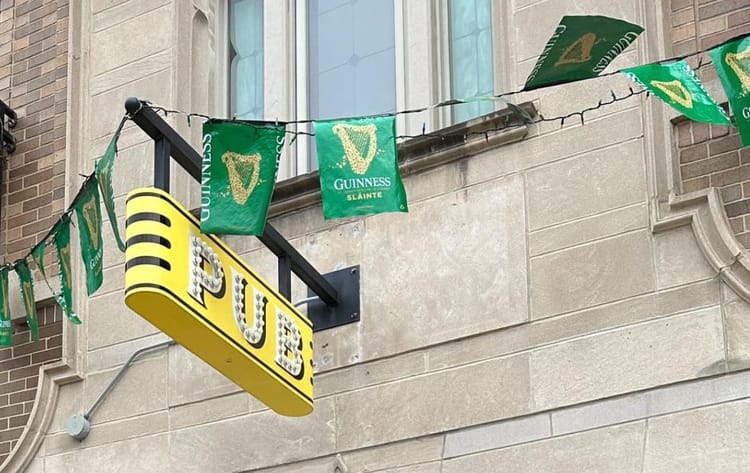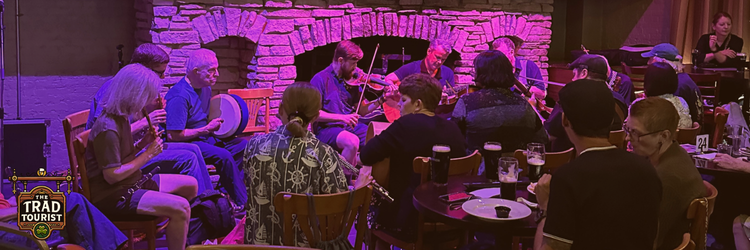A Thursday in Cork: Tradition, Continuity, and the Soul of An Spailpín Fánach
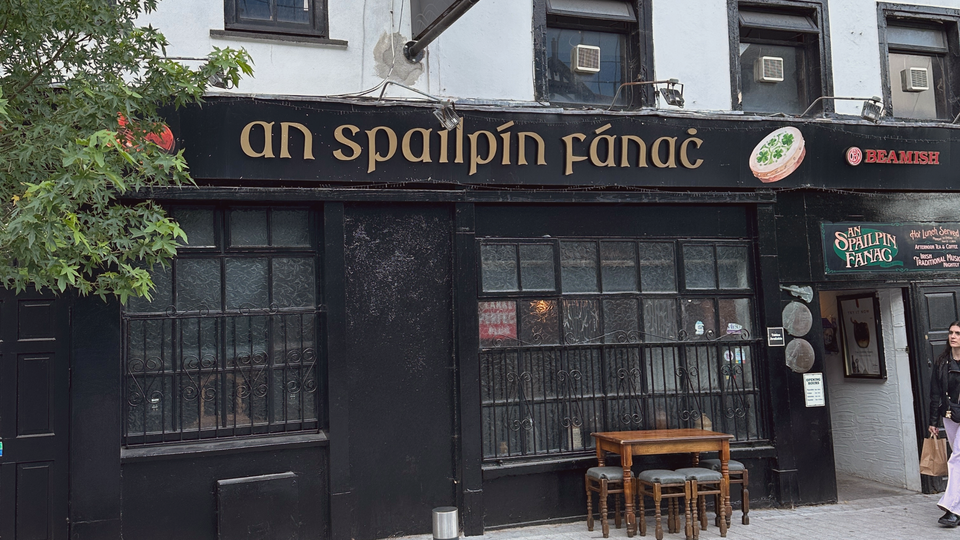
Session: An Spailpín Fánach
Location: 29 S Main St, Centre, Cork, Ireland
Day/Time: Thursday - Saturday starting at 9:30 pm
Session Leaders: William "Hammy" Hammond
As the train from Dublin rolled into Cork, the first thing I noticed was the color—red and white flags still fluttering after the Senior hurlers’ All-Ireland Final. Cork calls itself Ireland’s true capital, a claim rooted in its defiant role during the War of Independence, when it earned the name “the Rebel County.” The city remembers Michael Collins, along with the martyred mayors Mac Curtain and MacSwiney, and carries that pride into every match day with the shout “Up the Rebels!” Dubliners may argue, but Cork’s sense of identity is hard to ignore.
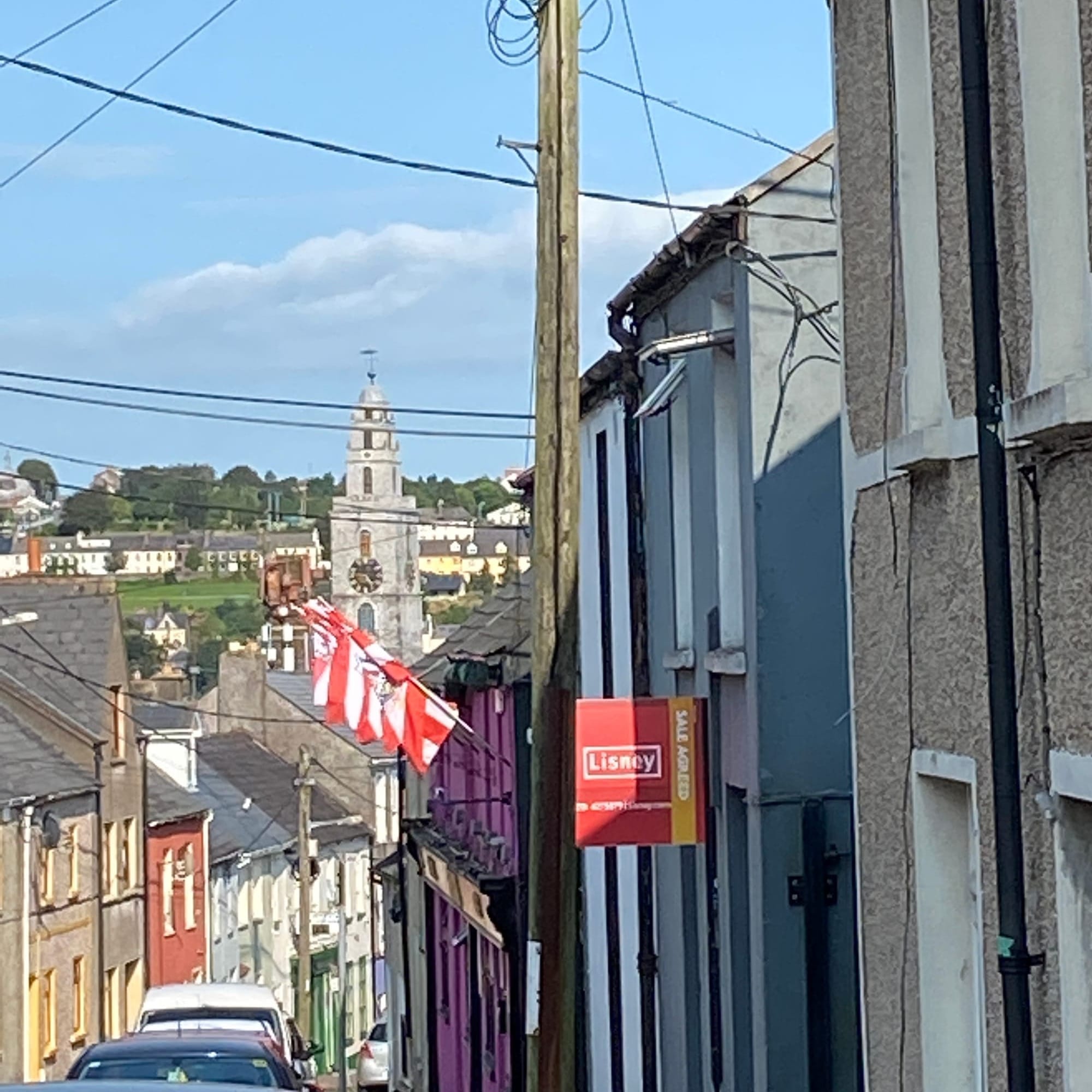
I checked into the Maldron Shandon Hotel, tucked just around the corner from the Butter Museum and the childhood home of Mother Jones. The building was once an infirmary, though now it holds sleek modern rooms with big windows and quiet corridors. They upgraded me to the executive room, which I didn’t argue with. After breakfast the next morning—a full Irish alongside fruit, pastries, and a proper coffee machine—I wandered into the leisure center and had a swim in the indoor pool. The lifeguard greeted me in Portuguese, mistaking me for someone much more cosmopolitan than I am, and I didn’t bother correcting him.
Cork feels like a city stitched together from villages, its center formed on an island where the River Lee briefly splits in two. Jim Walsh, the Fear an Tí (Man of the House or M.C.) of the Cork Singers’ Club, called it “a big provincial town,” and he’s right—you can walk almost everywhere if you’re willing to tackle the hills. At one end stands University College Cork with its Gothic quadrangle, at another the Opera House, rebuilt after being burned during the War of Independence. St. Finbarr’s Cathedral rises with its spires, a constant reminder of the city’s patron saint. Even in the shopping district, people don’t hurry - a breath of fresh air in comparison to Dublin’s shoulder-to-shoulder Grafton Street. Cork carries itself with an ease that makes it feel both lived-in and self-assured.
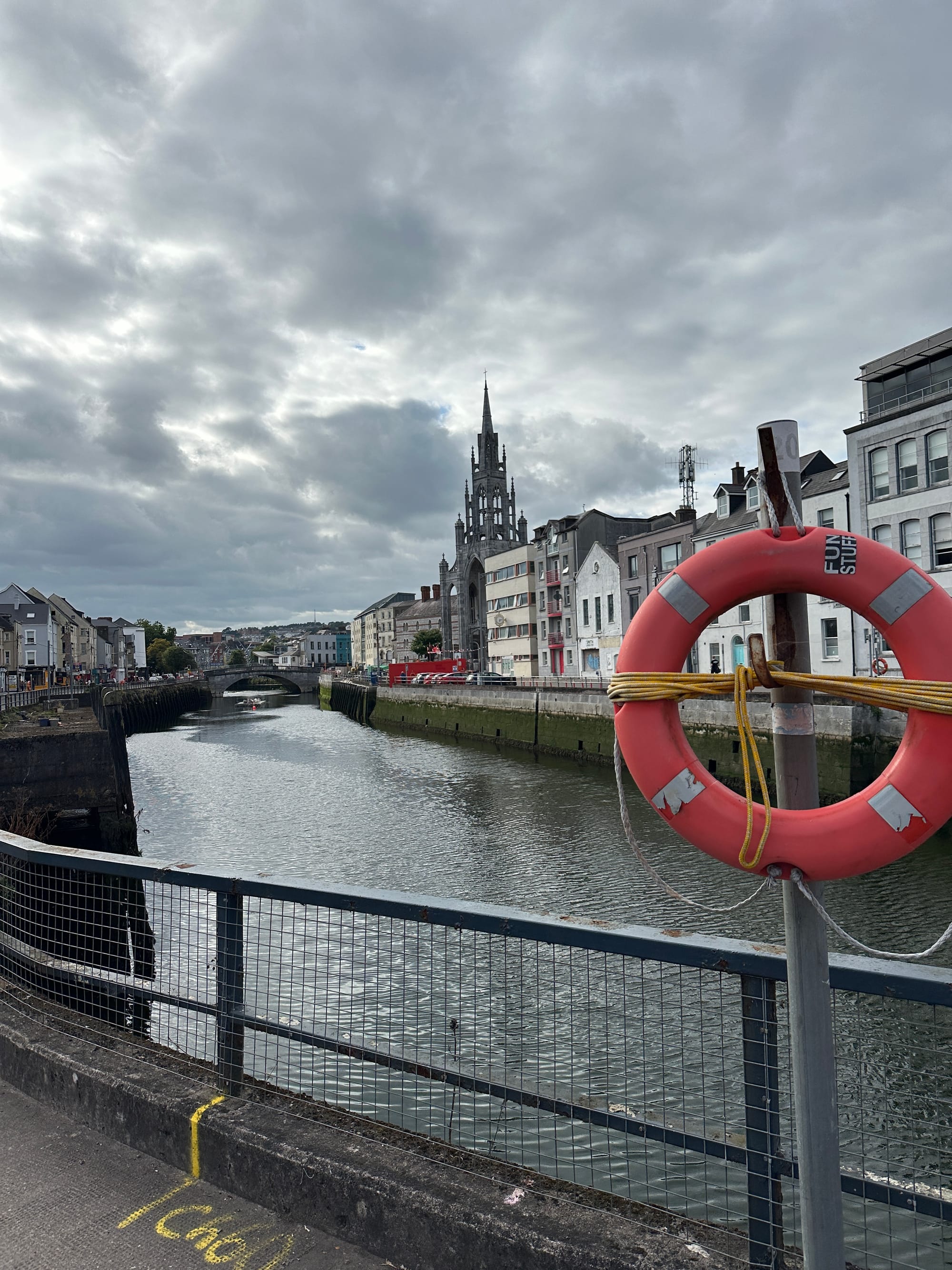
An old friend met me for dinner, a hurler in his youth who first introduced me to gaelic sports and, indirectly, to the music. It’s true: my love of Cork’s Rebels started an obsessive fascination with Irish Culture and much to his chagrin, the tin whistle. We found burgers and chips al fresco at Son of a Bun, and afterward tea and cheesecake at a café called Bean&Leaf, near South Main Street. A little jet lag clung to me, but the night air was soft, and the streets were busy without being frantic. Even though it's Ireland's second largest city, I never once felt unsafe.
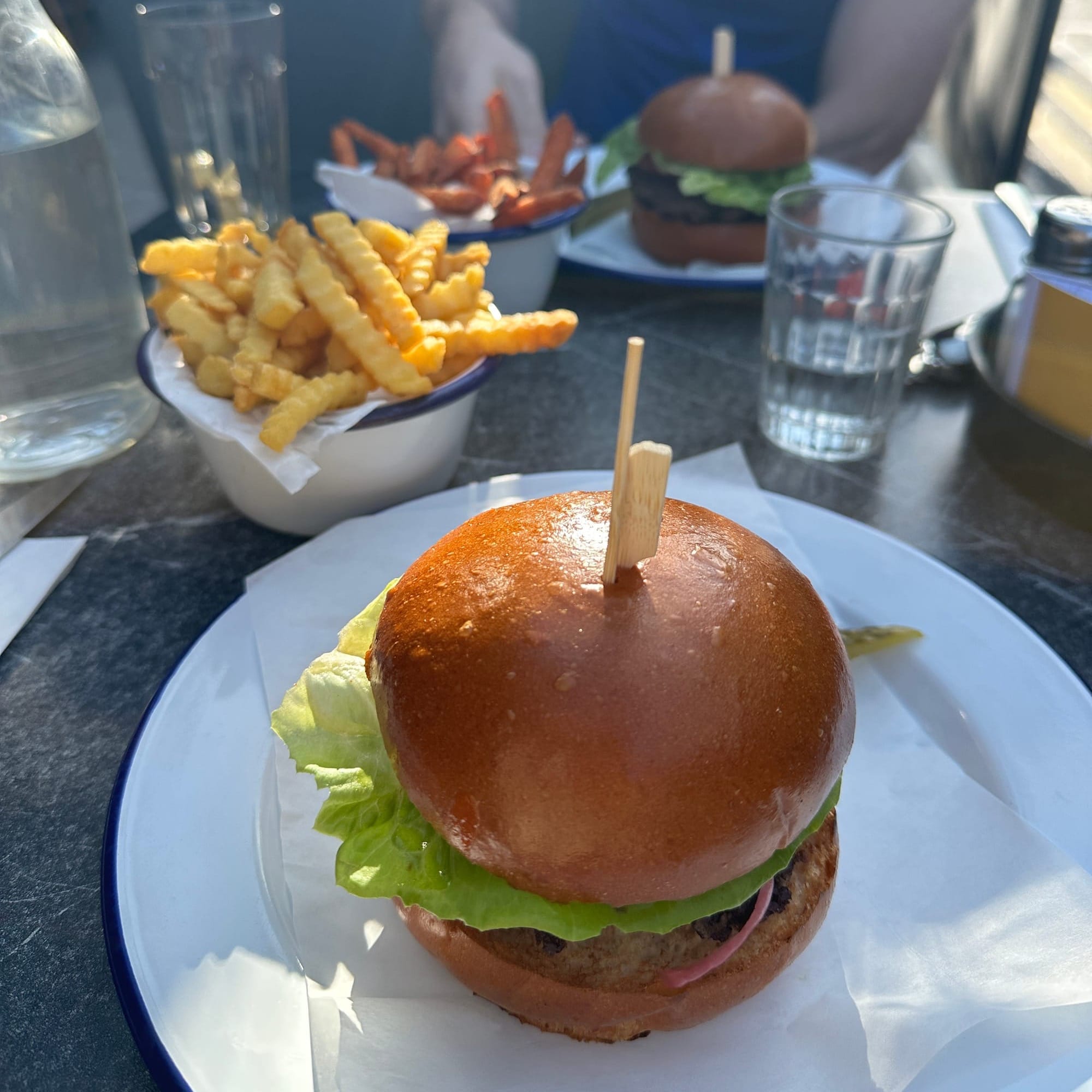
When we came to An Spailpín Fánach, I pushed open the wooden door and stepped back two centuries. Inside, the ceilings are low and the brick is left bare. The bar is plain wood, scarred and polished by decades of elbows. William "Hammy" Hammond, who leads and organizes the sessions told me later, “The best thing about the bar is the Beamish—it’s very good.” I thought he might have been joking until I tasted it.

The name An Spailpín Fánach comes from an old ballad about the wandering farmhand, the roving worker who lived by his labor and his luck. Since the late 1700’s, the pub lived under the name “The Malt Shovel”, standing across the street from the Beamish & Crawford Brewery. For centuries it has carried music, talk, and song in its walls. John O’Connor has owned it since 1991, keeping it firmly traditional. “We kept it traditional. We don’t have TVs. It’s all music and singing,” he said when reflecting on his thirty-four years at the helm. On St. Patrick’s Day each year they host a session and raffle off a live pig. “What do people do with the pig?” I asked. He laughed: “It’s entirely up to themselves.”
Two names surface again and again in An Spailpín Fánach’s story—fiddler Séamus Creagh and accordion player Jackie Daly. Creagh, remembered by O’Connor as “an absolute gentleman” who always encouraged younger musicians, held a long-running Wednesday night session here that shaped a generation. Daly, one of the great accordion players of Sliabh Luachra, often joined him, their fiddle-and-box duets becoming part of the pub’s heartbeat. Together they carried slides, polkas, and reels from the Cork–Kerry border into the city, ensuring that An Spailpín was a place where tradition was handed on.
The sessions here run Thursday through Saturday, from half nine until after midnight, and on Sundays during summer until eleven. From October to June the Cork Singers’ Club takes over Sunday nights, unaccompanied voices filling the back room with songs that might otherwise be lost. Jim Walsh, who leads the club, says it simply: “Songs don’t survive unless they’re sung.”
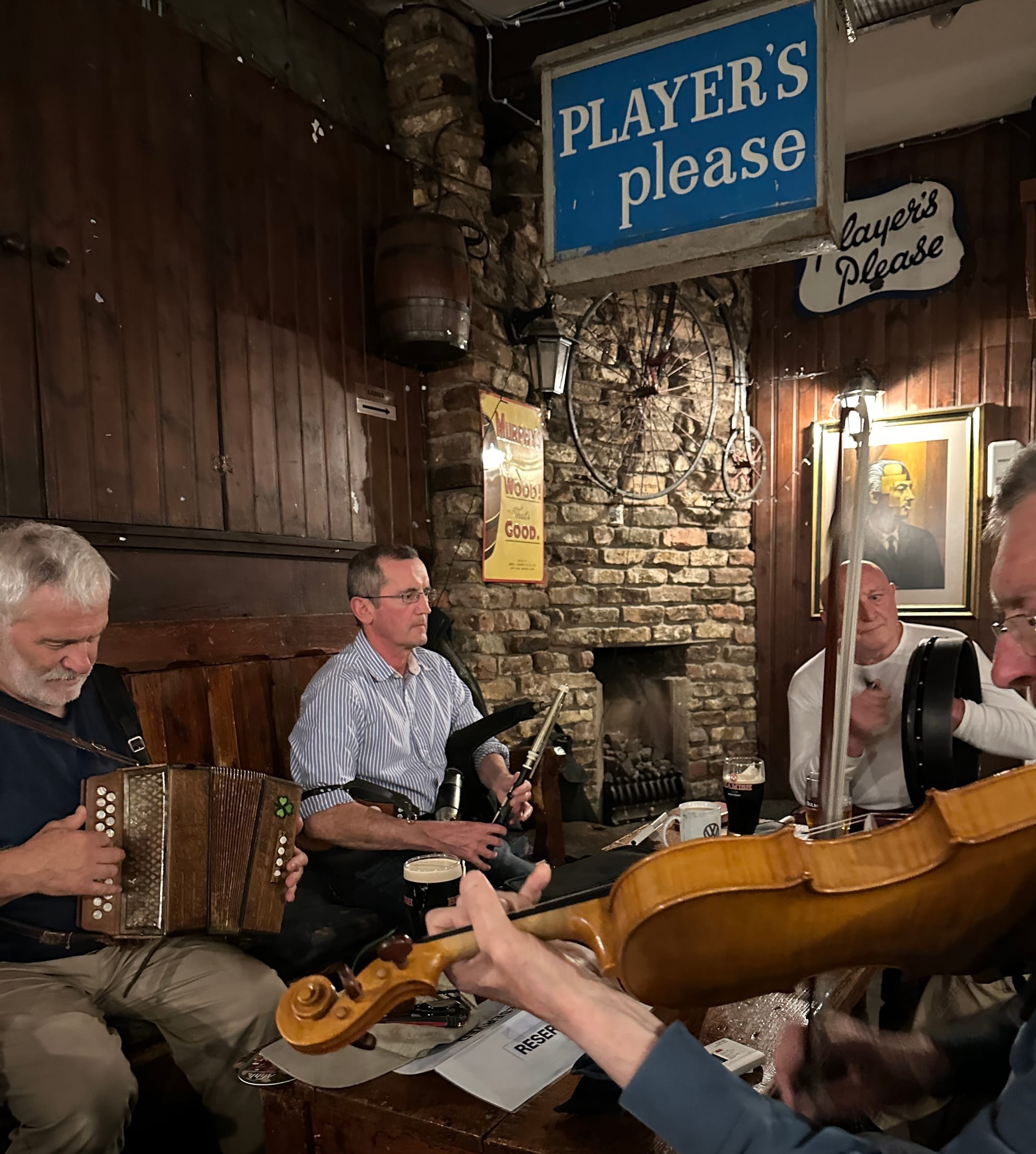
I came on a Thursday. About a dozen musicians circled in the side room to the left of the bar. A dozen musicians were unpacking their accordions, concertinas, fiddles, guitars, pipes, bodhráns, spoons, mandolins, whistles and banjos when I took my seat. The session has been going for about fifteen years, open and friendly. “We always introduce ourselves to newcomers and invite them to lead a set of tunes,” Hammy said. Nothing is planned. “It’s totally random what people play. We rarely set what we’re going to play any one night. It’s usually what you might have been practicing or what you heard during the week.”
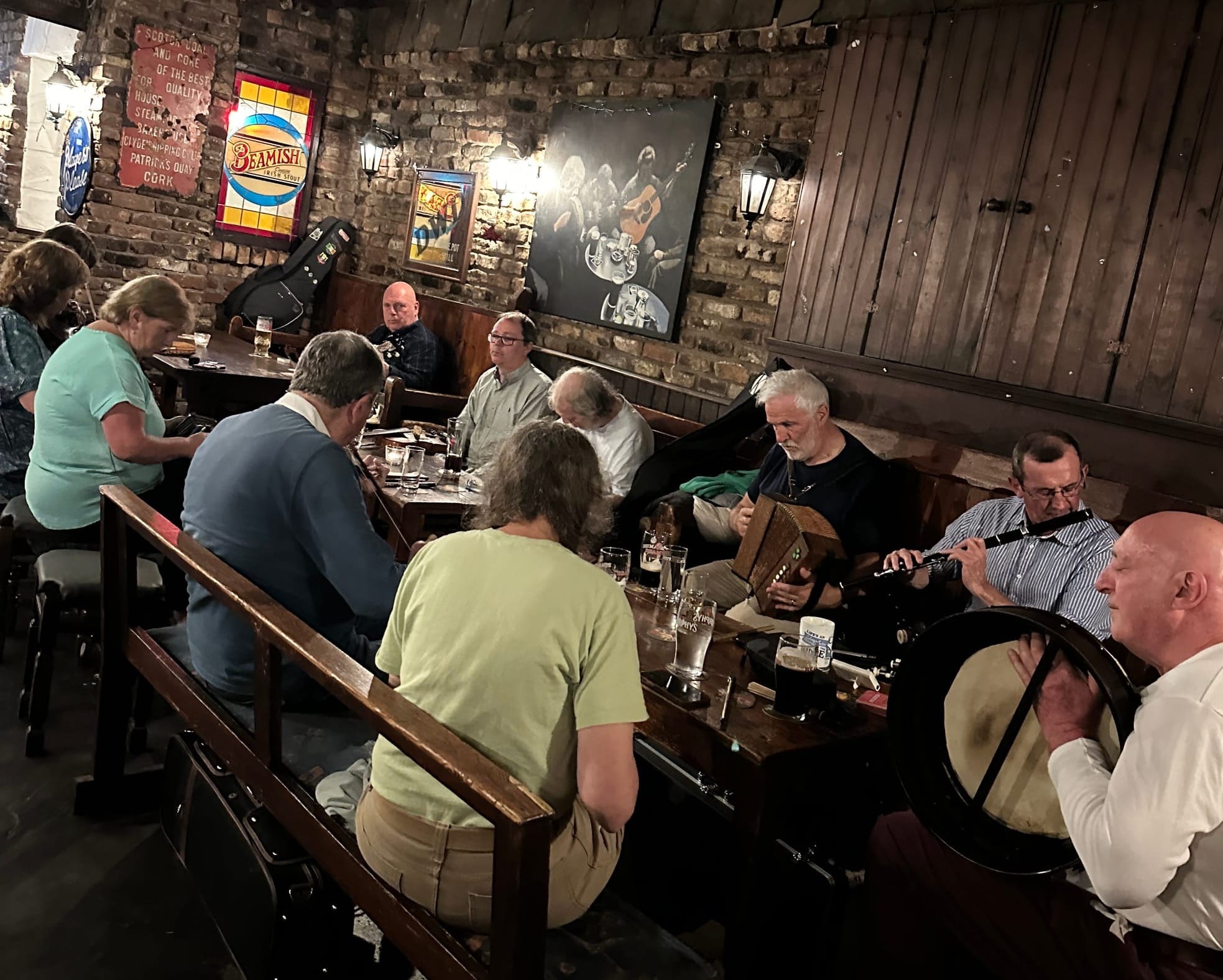
That night Hammy started the session with “Banish Misfortune” and for the first time felt the rhythm land in a distinctly Cork style. Maybe it was the Sliabh Luachra pulse with a love for polkas and slides or maybe it was the way Cork players lean into time, but I found myself inside the tune rather than on top of it. He transitioned into “Six Penny Money,” most players joining in at their own level. Admittedly, I played quite a few wrong notes and no one looked at me sideways. I came home and transcribed the tunes just as Hammy played them, they’re here for paid subscribers to the Trad Tourist.
Paid Subscribers get access to written transcriptions of tunes from each session. Today's tunes are William "Hammy" Hammond's version of Banish Misfortune and Six Penny Money.
Between sets, I kept glancing at a fiddle player who looked uncannily familiar. Over pints and stories I told him my own family tale - my one distant Irish ancestor was jailed in Dublin during the Famine for stealing turnips. The fiddle player laughed, rolled his eyes and said, “Right, right the turnip story” It stopped me dead in my tracks. “Wait, that’s your story too?” I said. His last name was Collins, same as mine. Jokingly, we called each other Cousin for the rest of the evening. Later I compared pictures of him to my dad and uncle and the resemblance is uncanny. Maybe it was by chance. But that night I felt Cork felt even more like home.
This weekend, the 46th Cork Folk Festival will sweep across the city with sessions, concerts, competitions, and the kind of late-night wanderings only Cork can deliver. An Spailpín Fánach will once again be at the heart of it, hosting sessions and gatherings. Hammy told me, “We’ve got Matt Molloy, Shaskeen, Jackie Daly, Flook, and a 65-member concertina orchestra performing.” You’ll find sessions in the pub as well as a Cork Singers’ Club session led by Jim Walsh and special guest Con Fada Ó Drisceoil on Sunday at 5 pm on October 5th. The festival is proof that Cork’s tradition is alive, not in books or archives, but in the current day tradition of Irish music.
Yet there’s a bit of uncertainty in the air. After more than three decades, John O’Connor has put the pub up for sale. “The bar is for sale at the moment,” Hammy admitted, “so we may have to move the session to another location if the new owners aren’t interested in our music.” Jim Walsh is pragmatic: “I’ll keep the season going in the Spailpín for as long as I can. If the pub is sold, we’ll hopefully keep going—or we’ll find another venue. There are other pubs, you know. If it faded, it faded. That’s life too.” For the sake of tradition, let's hope the new owners love Irish traditional music as much as we do.
We left long after midnight. In true Cork fashion, two kind musicians from the session walked me back through the streets, giving me history lessons as we went. I reached the Maldron with a few souvenirs, a new cousin, a few new tunes, and the feeling that I had been part of something really special.
If you go: An Spailpín Fánach, 29 South Main Street, Cork. Sessions Thursday to Saturday, 9:30 pm–12:30 am. Sunday sessions 9–11 pm in summer, and October–June the Cork Singers’ Club holds the Sunday night singing session.
